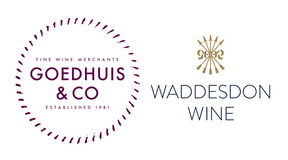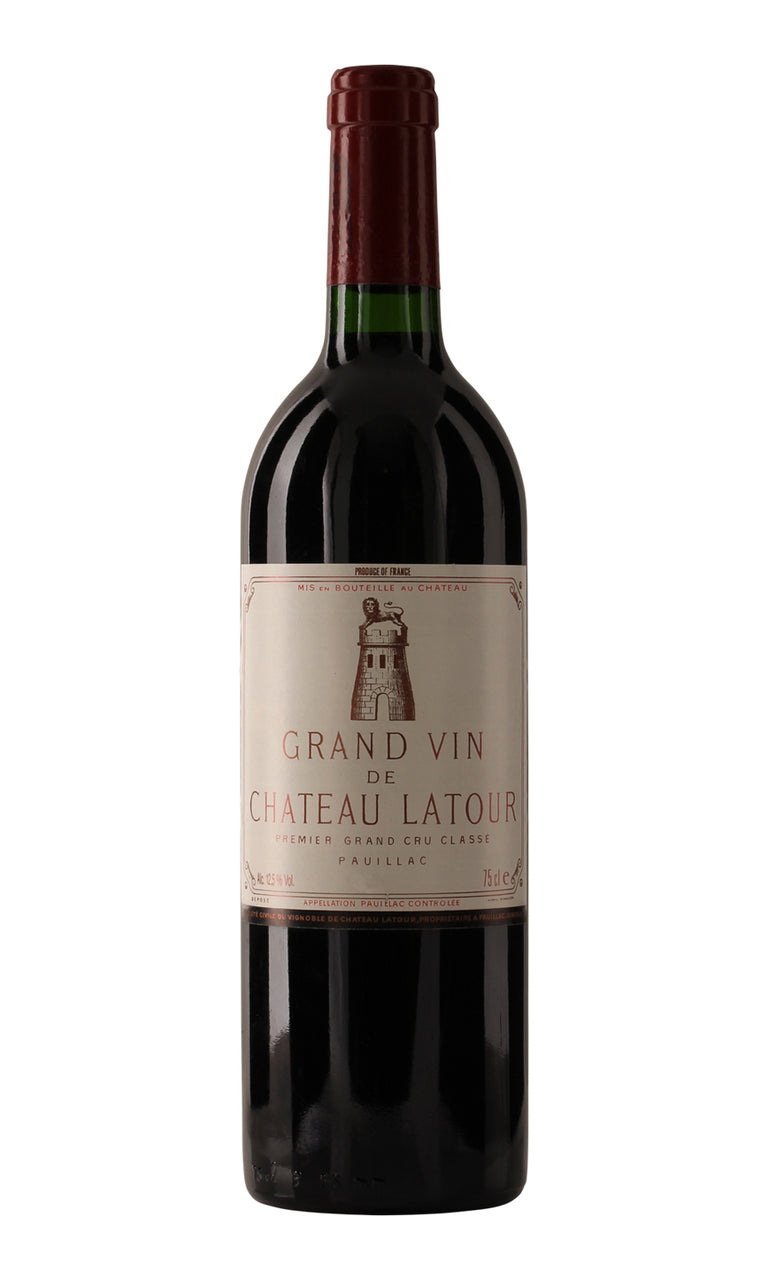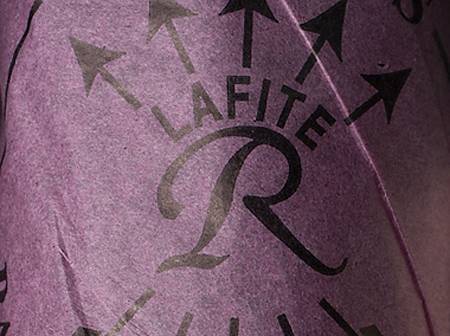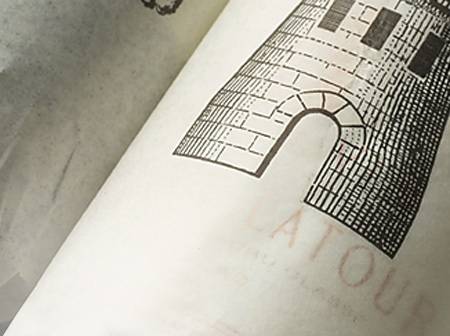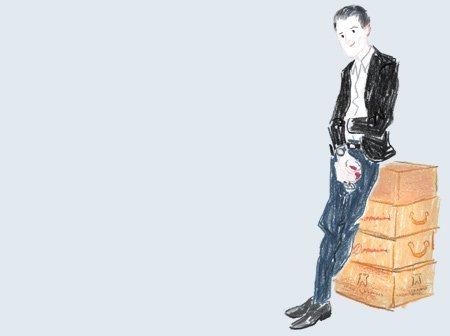- Colour Red
- Producer Château Latour
- Region Pauillac
- Drinking 2008 - 2030
- Case size 12x75cl
- Available Now
1999 - Ch Latour 1er Cru Pauillac - 12x75cl
- Colour Red
- Producer Château Latour
- Region Pauillac
- Drinking 2008 - 2030
- Case size 12x75cl
- Available Now
Select pricing type
Need help? Call +44 (0)20 7793 7900 or email wine@goedhuiswaddesdon.com.
-
Robert Parker, April 2002, Score: 94
Readers looking for a modern day version of Latour's magnificent 1962 or 1971 should check out the sensational 1999 Latour. It is a big, concentrated offering, exhibiting a dense ruby/purple color, and a classic nose of minerals, black currants, leather, and vanilla. The wine is long, ripe, and medium-bodied, with high levels of sweet tannin. This surprisingly full, concentrated 1999 should be drinkable in 5-6 years; it will last for three decades. Drink: 2007 - 2032.
-
Robert Parker, April 2001, Score: 93-95
A terrific effort, this sexy, open-knit, opulent effort possesses plenty of tannin, but it is largely concealed by the wine's wealth of fruit, high extraction level, and noticeable glycerin as well as unctuosity. Dense ruby/purple-colored, with a sweet, evolved nose of black fruits (cassis, leather, and blackberries), cedar, spice box, and liquid minerals, this powerful yet seamless Latour will be surprisingly accessible at an unusually young age. Long and full-bodied, with the acidity, tannin, alcohol, and wood all beautifully integrated, it will be at its finest between 2007-2030. A classic! Drink: 2007 - 2030.
-
Robert Parker, April 2000, Score: 92-94
Because of extremely hot weather in late August and early September, Latour began harvesting its Merlot on September 14, bringing in grapes with 13.5-14% potential alcohol. Produced from yields of 39 hectoliters per hectare, the final blend was 70% Cabernet Sauvignon, 25% Merlot, 4% Cabernet Franc, and 1% Petit Verdot. The opulent, rich, concentrated 1999 is atypically forward and luscious. The dense purple color is followed by precocious, sweet black cherry/cassis aromas backed up by noteworthy liquid mineral and subtle smoky new oak notes. Dense and fat, with low acidity, an opulent, chewy texture, medium to full body, superb power, and a seductive character, it will be drinkable at an unusually early age, but, given its stuffing, will last for two decades or more. Drink: 2000 - 2020.
-
Clive Coates, April 2003, Score: 16
Fullish colour. Rich, fat, classy and quite concentrated on the nose. Not as much zip or as much fruit as La Fleur Petrus. But medium-full bodied and ample. Not much better than the Chateau La Grave today on the palate. Yet the finish is good.Drink: 2006 - 2016
Producer
Château Latour
It is a common misconception that Château Latour was named after its cream-coloured tower - a 17th century edifice that served as a dovecote. The original tower that gave its name to this exemplary property was built in the 15th century as a watchtower to fend off invading pirates during the Hundred Years War. Unfortunately, it has long been eroded away. Château Latour's vines are planted on the gravel soil of Paulliac, mos...Read more
It is a common misconception that Château Latour was named after its cream-coloured tower - a 17th century edifice that served as a dovecote. The original tower that gave its name to this exemplary property was built in the 15th century as a watchtower to fend off invading pirates during the Hundred Years War. Unfortunately, it has long been eroded away. Château Latour's vines are planted on the gravel soil of Paulliac, most of them stand 12 to 16 metres above the Gironde Estuary. It can be considered the King of the First Growths, having the extraordinary power, structure and presence.Read less
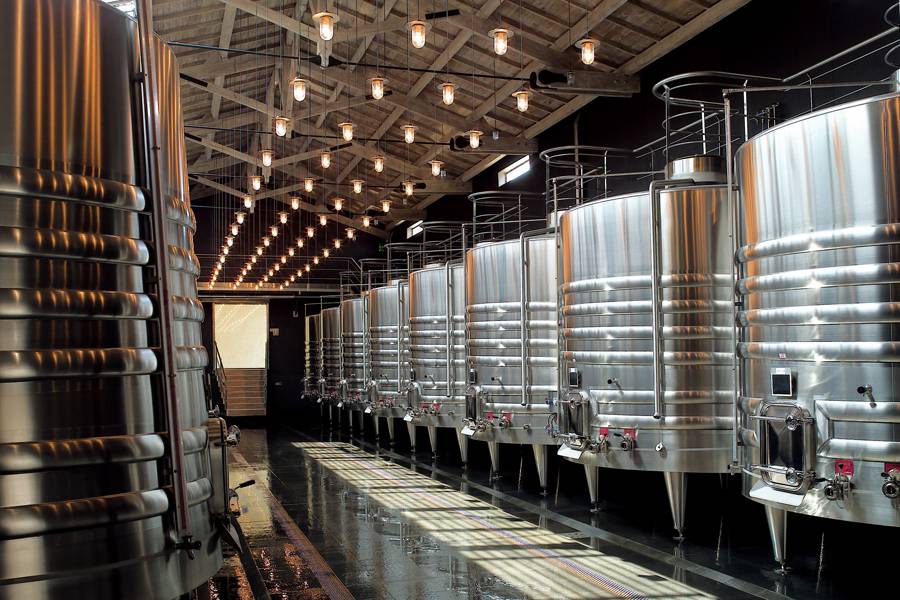
Region
Pauillac
Due south of St Estèphe lies the appellation of Pauillac, the king of Left Bank communes. It is home to three first growths as well as a plethora of other classified growths. Pauillac's renowned well-draining, gravelly soils enable its dominant grape Cabernet Sauvignon to reach fantastic heights of complexity and concentration. As a result, Pauilac's wines tend to be full-bodied with compact tannins and good freshness. Its aromatics are often what one associates with classic Bordeaux: pencil shavings, black currant and occasional mint. Some of the most famous châteaux of the commune are Latour, Mouton Rothschild, Lafite Rothschild, Pichon Baron, Pichon Lalande and Lynch Bages.
